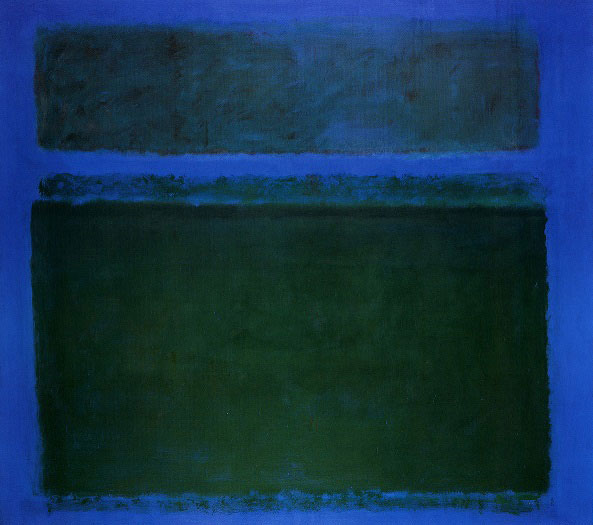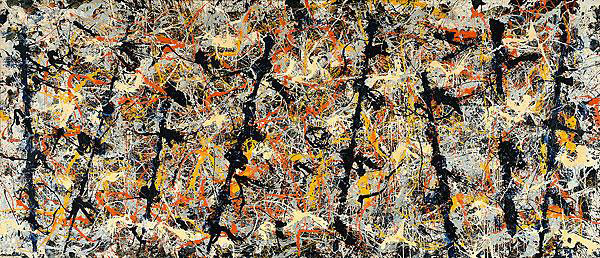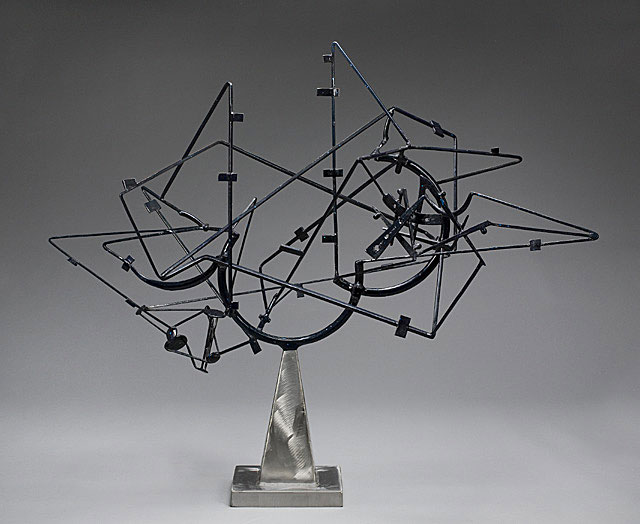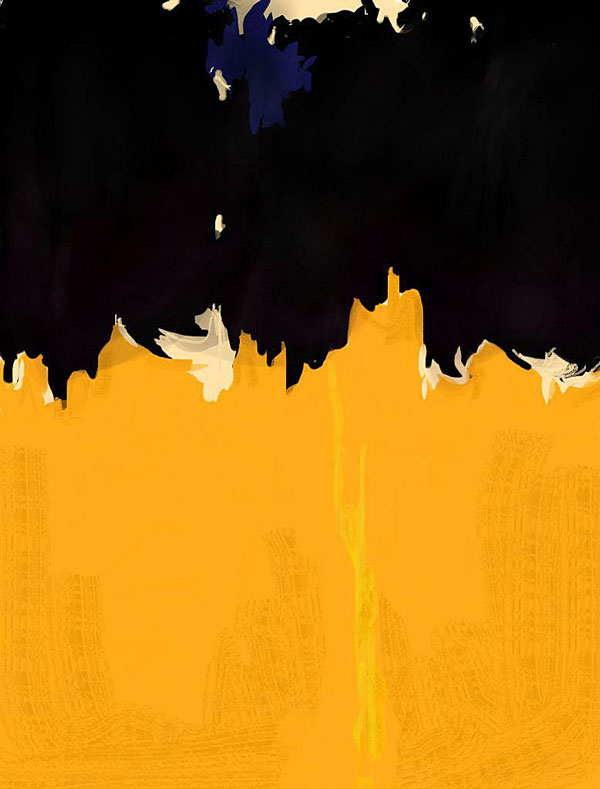Abstract Expressionism Main Galleries
24 September 2016 – 2 January 2017Royal Academy of Arts,
Burlington House, Piccadilly,
London W1J 0BD
www.royalacademy.org.uk
020 7300 8090
The Royal Academy of Arts presents the first major exhibition of Abstract Expressionism to be held in the UK in almost six decades. With over 150 paintings, sculptures and photographs from public and private collections across the world, this ambitious exhibition encompasses masterpieces by the most acclaimed American artists associated with the movement – among them, Willem de Kooning, Arshile Gorky, Phillip Guston, Franz Kline, Joan Mitchell, Robert Motherwell, Barnett Newman, Jackson Pollock, Mark Rothko, Aaron Siskind, David Smith and Clyfford Still, as well as lesser-known but no less vital artists.The selection aims to re-evaluate Abstract Expressionism, recognising that though the subject is often perceived to be unified, in reality it was a highly complex, fluid and many-sided phenomenon. Likewise, it revises the notion of Abstract Expressionism as based solely in New York City by addressing such figures on the West Coast as Sam Francis, Mark Tobey and Minor White.
Clyfford Still, PH-950, 1950. Oil on canvas, 233.7 x 177.8 cm. Clyfford Still Museum, Denver © City and County of Denver / DACS 2016. Photo courtesy the Clyfford Still Museum, Denver, CO;
 |
|
Franz Kline, Vawdavitch, 1955. Oil on canvas, 158.1 x 204.9 cm. Museum of Contemporary Art Chicago, Claire B. Zeisler 1976.39. © ARS, NY and DACS, London 2016. Photo: Joe Ziolkowski; |
| To ensure an exhibition for the 21st century, informed by new thinking, Abstract Expressionism re-examines the two main strands into which these artists have often been grouped in the past. Namely, the so-called ‘colour-field’ painters, such as Rothko and Newman, versus the ‘gesture’ or ‘action painters’, epitomised by de Kooning and Pollock. The art of the former has been held to focus on the contemplative or sublime use of colour, whereas the latter supposedly demonstrated spontaneity and improvisation in their work through bold gestural mark-making. Yet these categories are simplistic, belying the deeper concerns that linked many of the artists. |
 |
|
Mark Rothko, No. 15, 1957. Oil on canvas, 261.6 x 295.9 cm. Private collection, New York. © 1998 Kate Rothko Prizel & Christopher Rothko ARS, NY and DACS, London. |
|
For example, various Abstract Expressionists developed the ‘all-over composition’ by rejecting the formal concept of an image with a single or central focus. Instead, they thought in terms of energised fields, whether of vibrant colour or linear dynamism. Concerns such as myth-making, the sublime, monochrome and an urge to stress the human presence even in abstraction also connected the artists. Lending from its renowned collection for the first time, the Clyfford Still Museum in Denver, which holds 95% of the artist’s work, has loaned nine major paintings to the exhibition, establishing the artist at the very forefront of Abstract Expressionism. The paintings by Clyfford Still are presented in a dedicated gallery within the exhibition. |
 |
|
Jackson Pollock, Blue poles (Number 11, 1952), 1952. Enamel and aluminium paint with glass on canvas,212.1 x 488.9 cm. National Gallery of Australia, Canberra. © The Pollock-Krasner Foundation ARS, NY and DACS, London 2016; |
| Jackson Pollock’s monumental Mural, 1943 (University of Iowa Museum of Art, Iowa) and Blue Poles, 1952 (National Gallery of Australia, Canberra) are displayed in the same gallery for the first time, a juxtaposition unlikely to ever be repeated. Further highlights include Arshile Gorky’s Water of the Flowery Mill, 1944 (The Metropolitan Museum of Art, New York); Willem de Kooning’s Woman II, 1952 (The Museum of Modern Art, New York); Franz Kline’s Vawdavitch, 1955 (Museum of Contemporary Art Chicago); Mark Rothko’s No. 15, 1957 (Private Collection); Lee Krasner’s The Eye is the First Circle, 1960 (Courtesy Robert Miller Gallery, New York); and David Smith’s Hudson River Landscape, 1951 (Whitney Museum of American Art, New York). Works by artists such as Helen Frankenthaler, Adolph Gottlieb, Hans Hofmann, Lee Krasner and Ad Reinhardt also feature amongst others. In addition to Aaron Siskind and Minor White, the photographers include Harry Callahan, Herbert Matter and Barbara Morgan. |
| Dr David Anfam, co-curator of Abstract Expressionism said: “Abstract Expressionism explores this vast phenomenon in depth and across different media, revealing both its diversity and continuities as it constantly pushed towards extremes. It brings together some of the most iconic works from around the world in a display that is unlikely to be repeated in our lifetime.” |
 |
|
David Smith, Star Cage, 1950. Painted and brushed steel, 114 x 130.2 x 65.4 cm. Lent by the Frederick R. Weisman Art Museum, University of Minnesota, Minneapolis. The John Rood Sculpture Collection. © Estate of David Smith/DACS, London/VAGA, New York 2016; |
OrganisationAbstract Expressionism has been organised by the Royal Academy of Arts, London with the Dr Anfam is the preeminent authority on Abstract Expressionism, the author of the catalogue raisonné Exhibition TourRoyal Academy of Arts, London 24 September 2016 – 2 January 2017 Guggenheim Museum Bilbao 3 February – 4 June 2017 CatalogueAbstract Expressionism is accompanied by a fully illustrated catalogue. Authors include David Anfam, About the Royal Academy of ArtsThe Royal Academy of Arts was founded by King George III in 1768. It has a unique position in being
|




